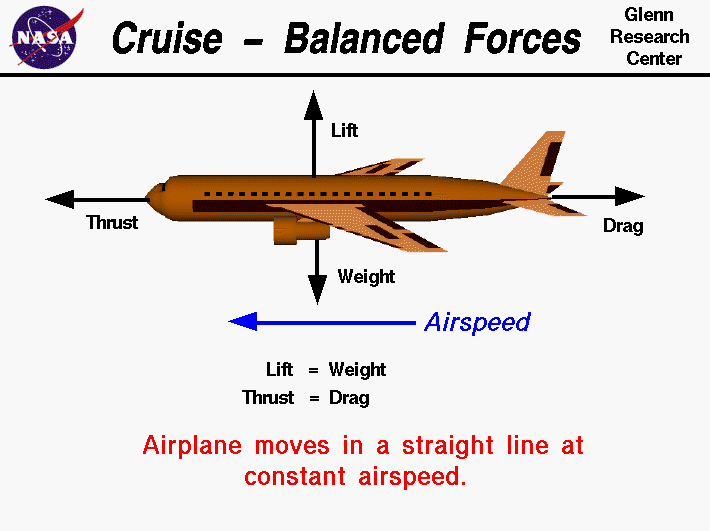Paper airplanes have long been a
source of entertainment for people of all ages. Taking an
ordinary piece of paper, applying a few simple folds to
it, and throwing it can suddenly give it the ability to
glide across the room elegantly (or nosedive
immediately, depending on your skill).
What causes a paper airplane to glide or fall? How does
the design affect its flight capability? The answers to
these questions are found in studying the physics at
work when a paper plane is thrown through the air. There
are four aerodynamic forces in particular that I will
discuss: Thrust, Gravity, Lift, and Drag.
(1)
There are also interesting features
in the design of different paper airplanes, and these
can be compared to those of real airplanes. Here is an
illustration showing how to build a simple paper
airplane.

http://allpaperplanes.weebly.com/uploads/1/4/1/9/14198596/768888999.png?323